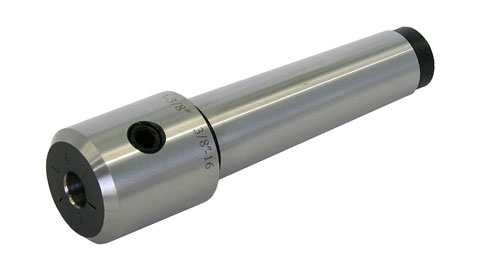fireguyfire
Member
I’m fairly new to machining, and I have a good working Atlas 9” lathe.
As you all know, you fairly quickly realize the need to be able to do some milling, and eventually I’d love to add a Bridgeport to my shop, if I can find a good used one I can afford.
In the near future, for the small things I’m doing I was thinking of either setting up my large drill press for milling, or finding an Atlas milling attachment for my lathe.
I realize that neither really replace a proper milling machine, but I’m curious on your opinions on which would be the better temporary option; drill press or lathe attachment milling?
Thanks for any opinions.
As you all know, you fairly quickly realize the need to be able to do some milling, and eventually I’d love to add a Bridgeport to my shop, if I can find a good used one I can afford.
In the near future, for the small things I’m doing I was thinking of either setting up my large drill press for milling, or finding an Atlas milling attachment for my lathe.
I realize that neither really replace a proper milling machine, but I’m curious on your opinions on which would be the better temporary option; drill press or lathe attachment milling?
Thanks for any opinions.




